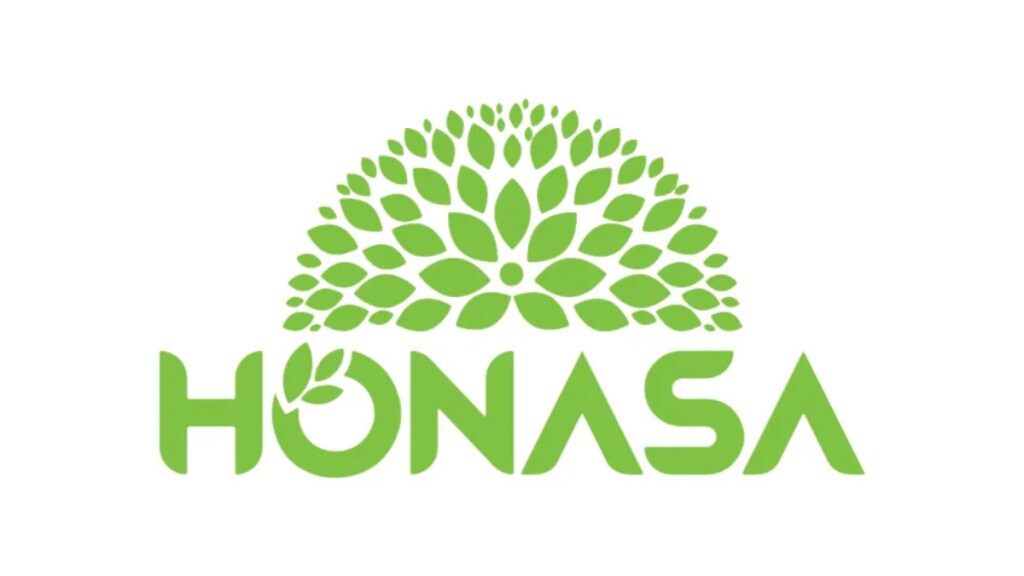Honasa Consumer, the parent entity of beauty and personal care brand Mamaearth, posted a 2.6% year-on-year rise in profit to Rs 41 crore in the June quarter.
“There is some impact on growth from our largest category, sunscreen, due to an early onset of monsoon,” noted chairman and CEO Varun Alagh, on the post-earnings call with analysts. On a company level, the impact from sunscreen was about 200 basis points, he added.
Revenue during the quarter rose 7% y-o-y to Rs 595 crore while operating margin came it at 7.7% compared to 8.3% in the year-ago quarter.
On the earnings call, the management noted that margins are expected to be around 7% for the rest of the financial year. The aim is to improve profitability by 100-150 basis points each year, Alagh added.
Overcoming Distribution Hurdles and Boosting Profitability
The company is now seeing a gradual recovery in its financial performance after it faced major distribution challenges last year while transitioning from a super stockist model to direct distributorship in its top 50 cities. This transition was meant to move the bulk of its sales to its offline channels after the pandemic-induced boost to online sales started tapering off.
Mamaearth was started seven years ago as a toxin-free baby product brand, and eventually launched skin, hair and body care products. It currently houses several other brands under its portfolio, including The Derma Co, Aqualogica, Dr Sheth’s, BBlunt, and its colour cosmetics line Staze 9to9. However, the majority of its revenue is generated by Mamaearth, its flagship brand.
A Sharper Focus on Core Product Categories
Within Mamaearth, the company has now narrowed its focus on these five categories: shampoo, face serum, suncare, moisturiser, and baby care. Earlier, the brand had expanded into as many as 24 different product categories, creating a strain on resources and investments across all of them.
The management noted it recognised a few interventions needed within its Mamaearth brand in October-November last year and started executing them in February. Starting in Q4 FY25, the company saw the impact of these interventions in its e-commerce channels. During the June quarter, its focus categories contributed more than 70% of the brand’s sales and recorded double-digit growth in the e-commerce channel.
In the September quarter of FY25, the company recorded a Rs 63 crore inventory correction hit on its topline, while its bottom line slipped into a loss of Rs 19 crore compared to a profit in the year-ago quarter. Following that, in the December quarter, even though it managed to turn a profit again, the management noted that the impact of restructuring, including the sales return and inventory correction, was higher than expected.

